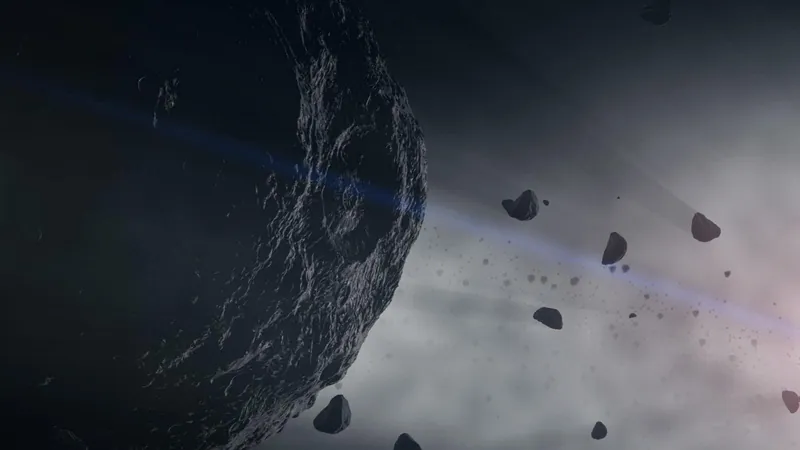
Unveiling the Secrets of World Asteroid Day: A Journey through Planetary Defense
2025-06-30
Author: Emma
World Asteroid Day is more than just a date on the calendar; it commemorates a pivotal event in Earth's history.
On June 30, 1908, a 65-meter-wide asteroid exploded in the atmosphere above Siberia, causing destruction across an area larger than New York City. This cataclysmic event, known as the Tunguska impact, is the reason we celebrate World Asteroid Day today.
A Cosmic Collaboration
Co-founded by Apollo astronaut Rusty Schweickart and Brian May, guitarist of the legendary band Queen, World Asteroid Day aims to raise awareness about asteroids and the importance of planetary defense. The United Nations got on board, officially recognizing the day in 2016. Recently, Arizona Senator Mark Kelly has proposed a resolution to have the U.S. formally acknowledge June 30 as World Asteroid Day.
Tracing the Origins of Planetary Defense
Kevin Schindler, the resident historian at Lowell Observatory in Arizona, sheds light on our evolving understanding of planetary threats. Over 200 years ago, geologists discovered that mass extinctions in Earth's history may have been caused by extraterrestrial impacts rather than terrestrial phenomena.
In the 1980s, breakthroughs led by geologist Walter Alvarez connected a layer of iridium-rich clay in the rock record to a catastrophic event that occurred around 66 million years ago, likely caused by an asteroid striking Earth. This revelation corresponded with the discovery of the Chicxulub crater in Mexico, solidifying the link between celestial objects and mass extinction.
From Theory to Action: How Hollywood Sparked Awareness
Fast forward to the 1990s: two blockbuster films, "Deep Impact" and "Armageddon," thrust the risk of asteroid impacts into the public consciousness. Although their scientific accuracy was questionable, these films prompted lawmakers to allocate funds for further asteroid research.
Schindler notes that the shift from merely detecting potential hazards to developing strategies for deflection has started in earnest. The recent success of NASA's Double Asteroid Redirection Test (DART) demonstrated that we can change an asteroid's trajectory, a monumental step toward protecting Earth.
Asteroids: Threats and Treasures
However, asteroids aren’t just potential harbingers of doom; they are also invaluable records of our Solar System's history. Comprised of remnants from the early solar nebula, these cosmic bodies provide insights into planet formation and the chaotic origins of our celestial neighborhood.
Today, missions like NASA's Lucy and OSIRIS-APEX are closely studying asteroids and expanding our understanding of planetary systems both within and beyond our own.
World Asteroid Day: Bridging Awareness and Science
World Asteroid Day encapsulates the dual purpose of promoting planetary defense awareness while highlighting the scientific and potential economic value of asteroids. Located near the famous Meteor Crater, Lowell Observatory serves as a crucial site for studying both the threats posed by celestial objects and their broader significance.
As we celebrate this day, we recognize our planet’s vulnerability but also its resilience in the face of cosmic threats. Understanding asteroids paves the way for safeguarding not just Earth, but also deepening our grasp of the Solar System's origins.
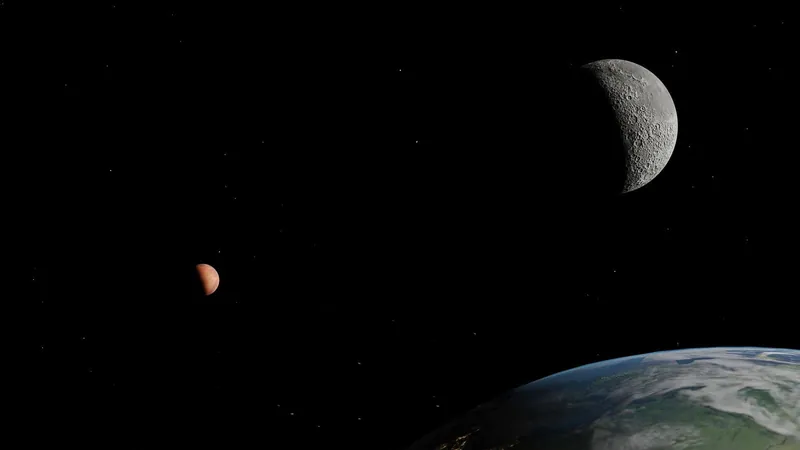


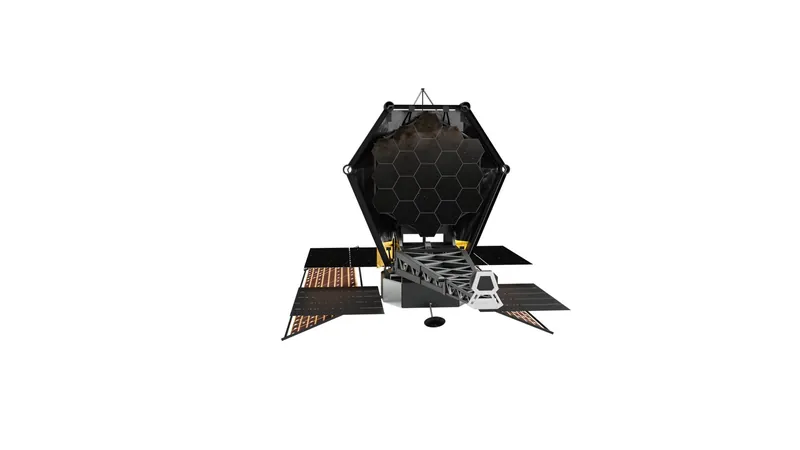
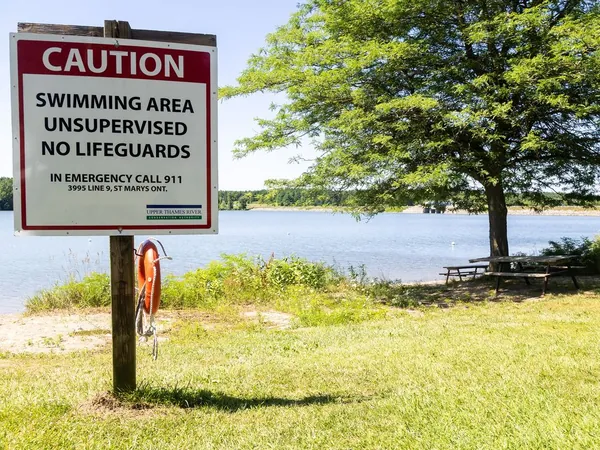


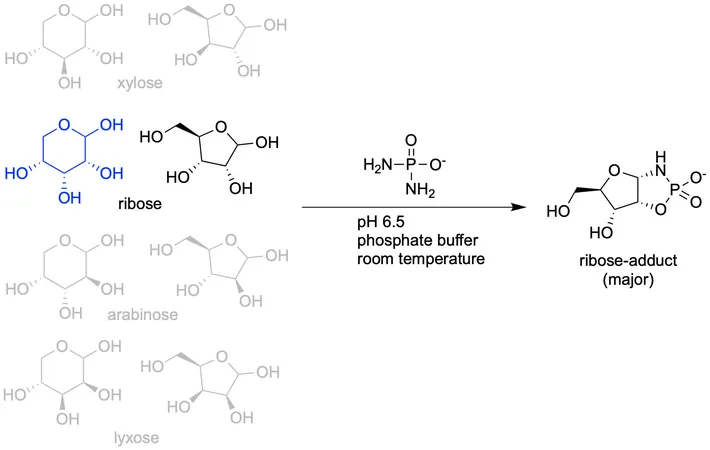
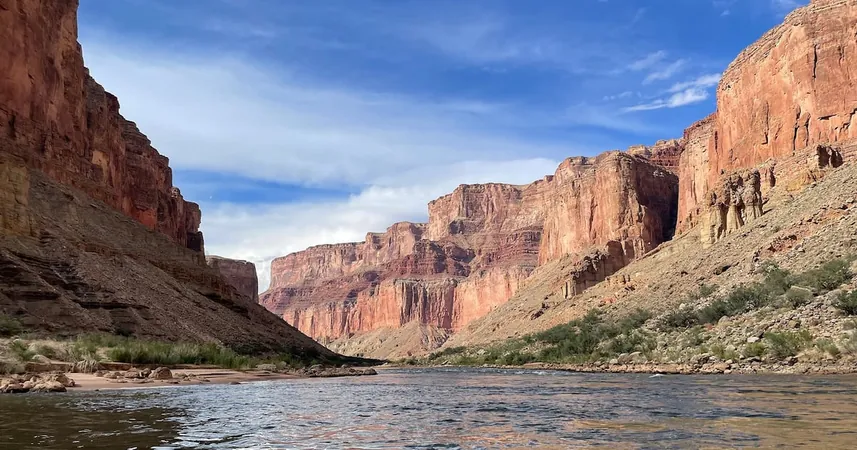
 Brasil (PT)
Brasil (PT)
 Canada (EN)
Canada (EN)
 Chile (ES)
Chile (ES)
 Česko (CS)
Česko (CS)
 대한민국 (KO)
대한민국 (KO)
 España (ES)
España (ES)
 France (FR)
France (FR)
 Hong Kong (EN)
Hong Kong (EN)
 Italia (IT)
Italia (IT)
 日本 (JA)
日本 (JA)
 Magyarország (HU)
Magyarország (HU)
 Norge (NO)
Norge (NO)
 Polska (PL)
Polska (PL)
 Schweiz (DE)
Schweiz (DE)
 Singapore (EN)
Singapore (EN)
 Sverige (SV)
Sverige (SV)
 Suomi (FI)
Suomi (FI)
 Türkiye (TR)
Türkiye (TR)
 الإمارات العربية المتحدة (AR)
الإمارات العربية المتحدة (AR)